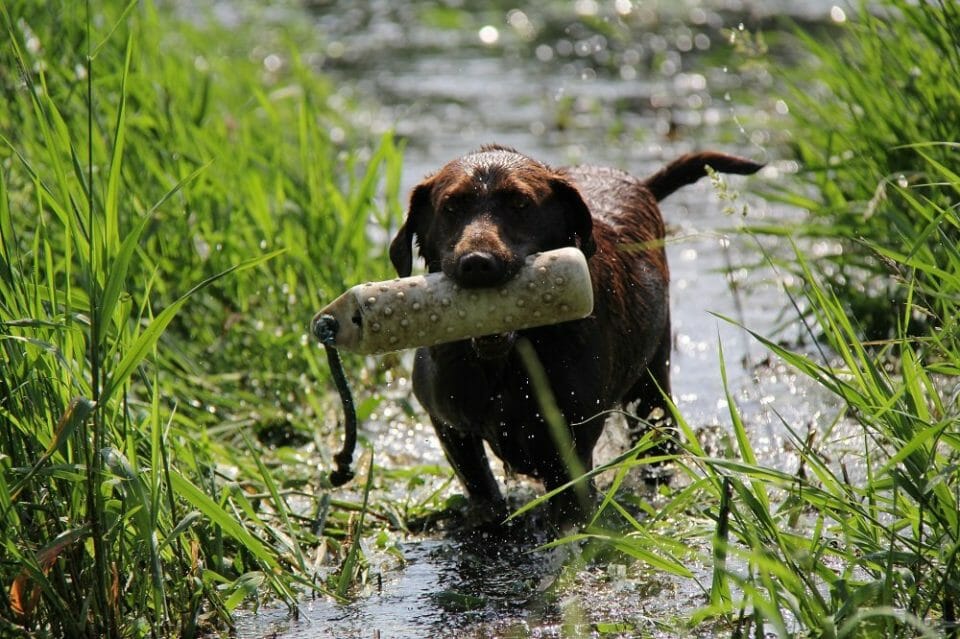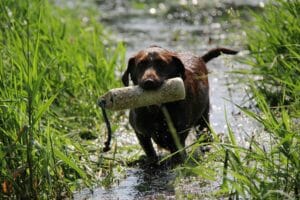
 Dogs and humans share many similarities, especially when it comes to their nutritional, exercise, and medical needs. One such similarity that is often overlooked is dental hygiene. Did you know that 80% of dogs display signs of gum disease by their 3rd birthday, leading to bad breath, inflammation, tooth decay, and chronic pain? There are numerous ways to prevent this silent killer of dogs, which are discussed below.
Dogs and humans share many similarities, especially when it comes to their nutritional, exercise, and medical needs. One such similarity that is often overlooked is dental hygiene. Did you know that 80% of dogs display signs of gum disease by their 3rd birthday, leading to bad breath, inflammation, tooth decay, and chronic pain? There are numerous ways to prevent this silent killer of dogs, which are discussed below.
Regular Dental Cleanings
Just as humans require regular dental cleanings and checkups, so do dogs. During cleaning, a dog is anesthetized while a veterinarian removes built-up tartar and plaque and polish the surface of each tooth to delay subsequent plaque/tartar deposits. Transport you dog with a dog carrier backpack 60 lbs to the veterinarian will also inspect the mouth to ensure there is no secondary disease or concerns. Regular dental cleanings (recommended once or twice per year, depending on mouth condition) are the best way to ensure a healthy mouth and prevent disease.
At Home Care
Not all dogs are good candidates for undergoing regular anesthesia, and therefore at-home dental care may be more appropriate. There are a number of ways to clean your dog’s teeth. The most popular is to use a specially designed doggy toothbrush and canine toothpaste. Never use human toothpaste on your dog, as some products contain ingredients (such as xylitol) which may be toxic to your pet. Training your dog to accept a toothbrush may take time, and there are a number of helpful websites available to make the process easier.
Dental Treats
A great way to supplement regular dental cleanings and at home dental care is to also provide your pet with a dental treat. These treats typically have hard exteriors that require dogs to chew, thereby providing abrasion for the removal of built-up tartar and plaque. Make doggy kisses stink less with doggie treats that can effortlessly freshen your canine friend’s breath while providing him with hours and hours of chewing entertainment. The simple act of chewing a dental toy can also strengthen teeth and gums against the many symptoms of periodontal disease. Look for a dental treat that has been approved by the Veterinary Oral Health Council and is manufactured in the United States.
Dental Toys
Like dental treats, dental toys provide an abrasive surface that cleans teeth while dogs are also able to fulfill the natural urge to chew. Common toys include braided ropes, which act as a form of dental floss, or synthetic bone-type toys that have textured surfaces to further promote cleaning action.
Food and Dental Hygiene
Finally, owners of dogs with especially poor dental health should consider the type of food they feed their pets. In general, wet and raw foods are considered bad for dental health because they have a tendency to “stick” to teeth, leading to increased tartar and plaque development. Some proponents of the raw food diet claim that raw bones serve as aids for teeth cleaning; however, regularly eating raw bones has been known to fracture the teeth of some dogs. Traditionally, dry food is best for dental health, as it provides an abrasive surface for the cleaning of teeth, much like dental toys and treats.
Author Bio: Hunter Dunbar
Hunter is an avid Outdoorsman and Outdoor Enthusiast that has hunted both nationally and internationally as well as trained several Gun Dogs for upland and waterfowl hunting. Hunter has the knowledge and experience on a wide variety of topics and offers up some of the best information and reviews available on the web.








